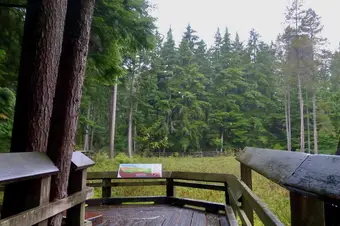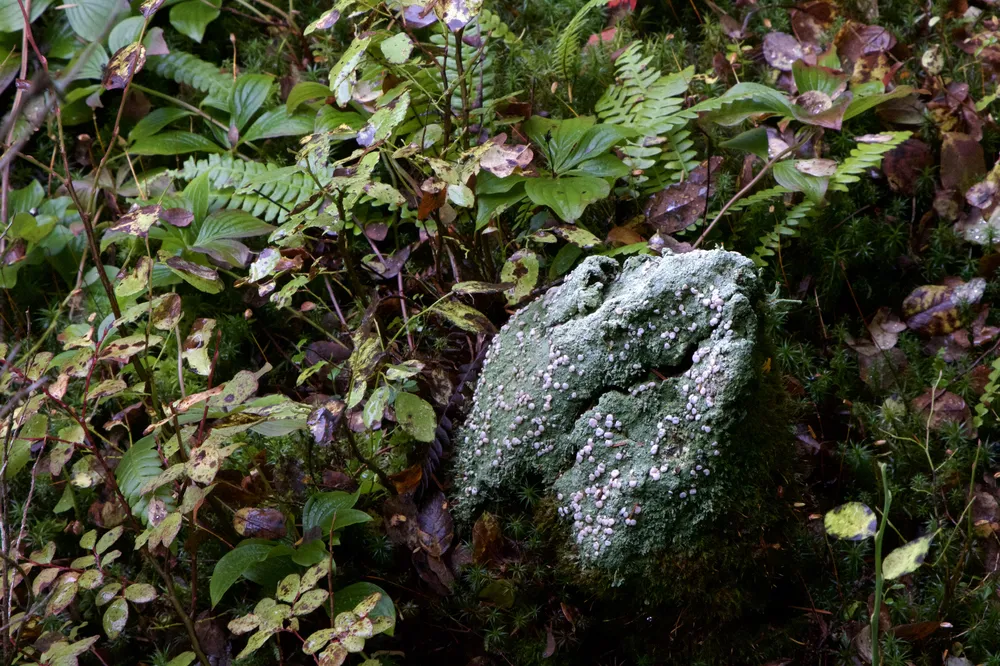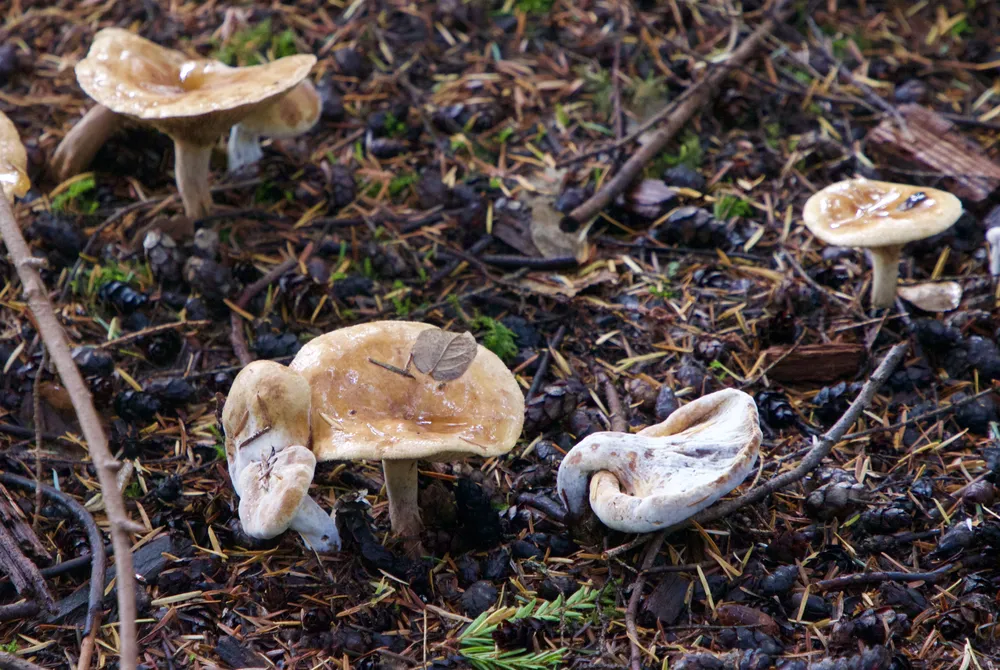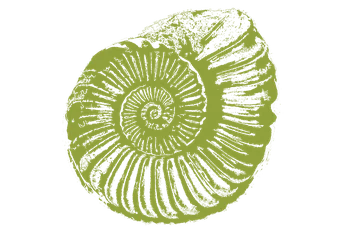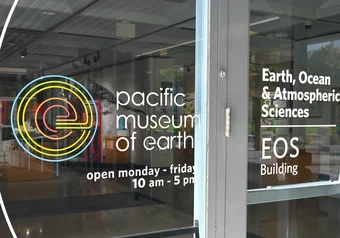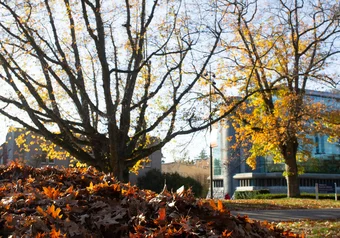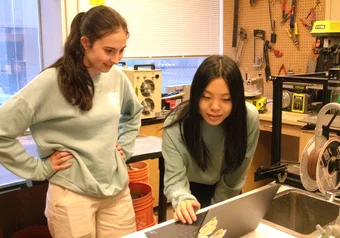On the eastern edge of Pacific Spirit Park lies xʷməm̓qʷe:m/Camosun Bog. As you enter through a tunnel of salmonberry hedges, the temperature drops and the air thickens with a lush humidity. The boardwalk leads through the forest into the bog — a vibrant mossy pool reflecting a circle of open sky. You might hear a frog or spot a crop of mushrooms.
What most don’t see is the work done by a small group of volunteers every Saturday morning — gardening, weeding and maintaining the bog habitat that just 30 years ago was about to disappear.
Bogged down
Bogs are characterized by features that might seem hostile to plant life: little tree cover, low oxygen and few nutrients. The rare organisms that can adapt to these obstacles are what make bogs such a unique ecosystem.
Bogs start out as small lakes, cut off from outside water supply. Sphagnum moss then starts to grow, its acidity serving as a bog building block and creating the seemingly inhospitable environment.
xʷməm̓qʷe:m/Camosun Bog likely formed around 2000 years ago, with Musqueam history in the area dating even earlier.
xʷməm̓qʷe:m is an important location in one account of how xʷməθkʷəy̓əm (Musqueam) got its name. It was and continues to be a source of medicines and materials not found elsewhere in Musqueam territory.
This is because the bog’s unique environment allows plants that adapt to its conditions to survive without competition.
Bog-adapted plants include sundews, which find nutrients by eating bugs (think Venus flytraps), and Labrador tea, a slow-growing flower with traditional medicinal uses.
Because of the limited oxygen, bogs can also prevent objects in them from decomposing — like some 19th-century coins and a 1950s hat found at xʷməm̓qʷe:m/Camosun Bog. In Denmark, a bog preserved a mummified body for over 2000 years.
Musqueam people stewarded xʷməm̓qʷe:m for thousands of years — but careless development in the early 20th century threatened to destroy it.
Feeling drained
In 1929, the Dunbar and Point Grey neighborhoods were growing, and the bog posed a flooding risk to the nearby properties.
So, the City of Vancouver built a drain to draw water away from the bog, protecting the houses, but lowering the natural water level. Invasive species, particularly hemlock trees, began to grow.
The construction of Sedgwick Library, now Koerner Library, in the early 1970s also contributed to the bog’s forest takeover, UBC geography professor Audrey Pearson said in an interview with The Ubyssey.
Soil dug up to build the underground section of the library was dropped into Pacific Spirit, where rainwater transported nutrients into the sunken bog — again allowing plants that couldn’t normally survive there to move in.
By the 1970s, the bog was nearly gone.
That’s when Pearson started her undergraduate degree. Intending to pursue wildlife biology, a botany class visit to the bog changed her trajectory.
“I went to the bog and sun came through the trees, and I realized 'Oh, okay — this is what I’m meant to do,'” she said.
Pearson would write her undergraduate thesis on what was happening to the bog, and then continue that work at the Greater Vancouver Regional District (GVRD), a precursor to Metro Vancouver. In the GVRD, she worked on a proposal for the bog’s restoration.
“If we hadn’t acted when we did, the bog absolutely would not be there now,” Pearson said.
In 1989, BC established Pacific Spirit Regional Park — solidifying xʷməm̓qʷe:m/Camosun Bog’s protection from Vancouver development, but also shutting down Musqueam efforts to reclaim the parkland.
Musqueam Nation is now a partner of the Pacific Spirit Park Society, and hən̓q̓əmin̓əm̓ words are prominent on signage at the bog. Nonetheless, the destruction and subsequent restoration of the bog were all conducted on unceded land.
In the early '90s the GVRD led the removal of hemlocks and replanting of sphagnum moss. Bit by bit the bog began to resemble what older residents near the bog remembered.
The bog restoration was also an experiment in citizen science. The manual work of restoration from the beginning has been conducted by UBC/Point Grey residents alongside researchers.
Formally, they’re the Camosun Bog Restoration Group, but they’re more commonly known as the ‘crazy boggers.’ Pearson said the trust put in community members was “ahead of its time.”
“At a very early stage, it taught me the importance of communicating science to everybody,” Pearson said.
In the late '90s, the crazy boggers built the boardwalk around the bog that’s still in place today, allowing visitors to enjoy the area while protecting the habitat.
Pearson emphasized the step-by-step nature of the restoration.
“It’s not one and done — you don’t go in there like ‘Okay, we fixed it, onto the next thing.’ It has been a gradual process and refining literally over decades,” she said.
The bog is facing a new challenge today. Volunteers have observed the water level in the bog dropping year-over-year due to climate change.
“Water levels have been dropping dangerously low for the bog,” UBC geography PhD student Mike Jerowsky said. “We’re seeing a lot longer periods of no rain, very low water levels in summer, and those just aren’t coming back up during the fall and winter months.”
Like the damage caused by the 1929 drain installation, a low water level brought on by a warming climate could again allow invasive species to move in.
For now, a barrier has been installed below the surface of the bog to keep water in, but the barrier can’t solve the problem, just keep it at bay.
Restoring the bog, restoring ourselves
Jerowsky is also a director at the Pacific Spirit Park Society, which oversees today’s ‘crazy boggers’ in their restoration efforts.
“I love seeing the communities that use these spaces being involved in its protection and care,” said Jerowsky.
UBC students continue to play an important role as restoration volunteers.
“We have a lot of forestry students come in … it’s a very grounded way of them applying their studies,” Jerowsky said.
Jerowsky has also created a virtual reality model of the bog to study whether incorporating technology alongside nature experiences can augment environmental literacy. He’s analyzing the results for his PhD thesis.
Pearson hopes that participating in environmental restoration as a community can counter climate anxiety.
“It’s really easy to hear all the horrible things people are doing to the earth, but there are good things too,” she said.
Jerowsky noted the importance of giving back to the natural spaces we enjoy.
“If we’re using these spaces for our recreation … we should also be involved in taking care of them."
First online
Share this article


